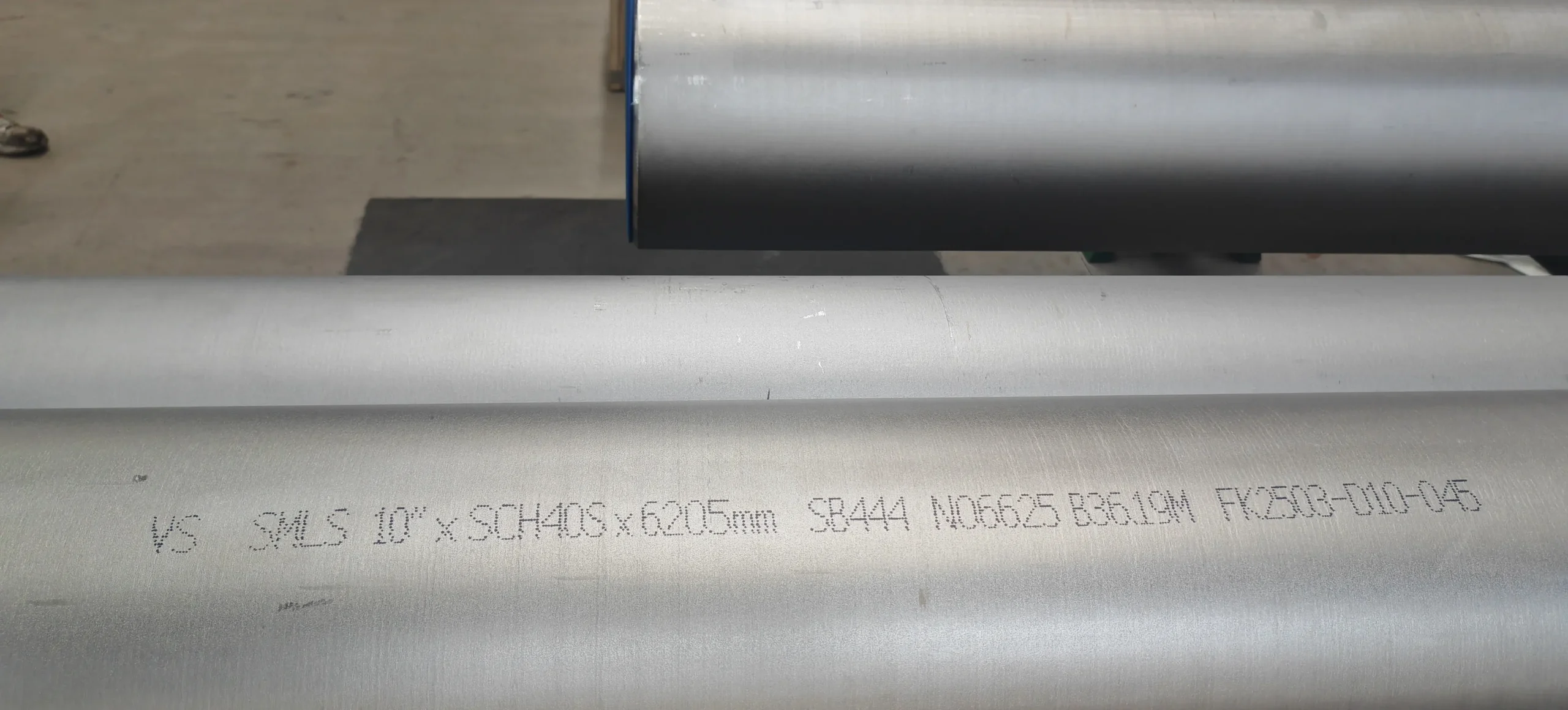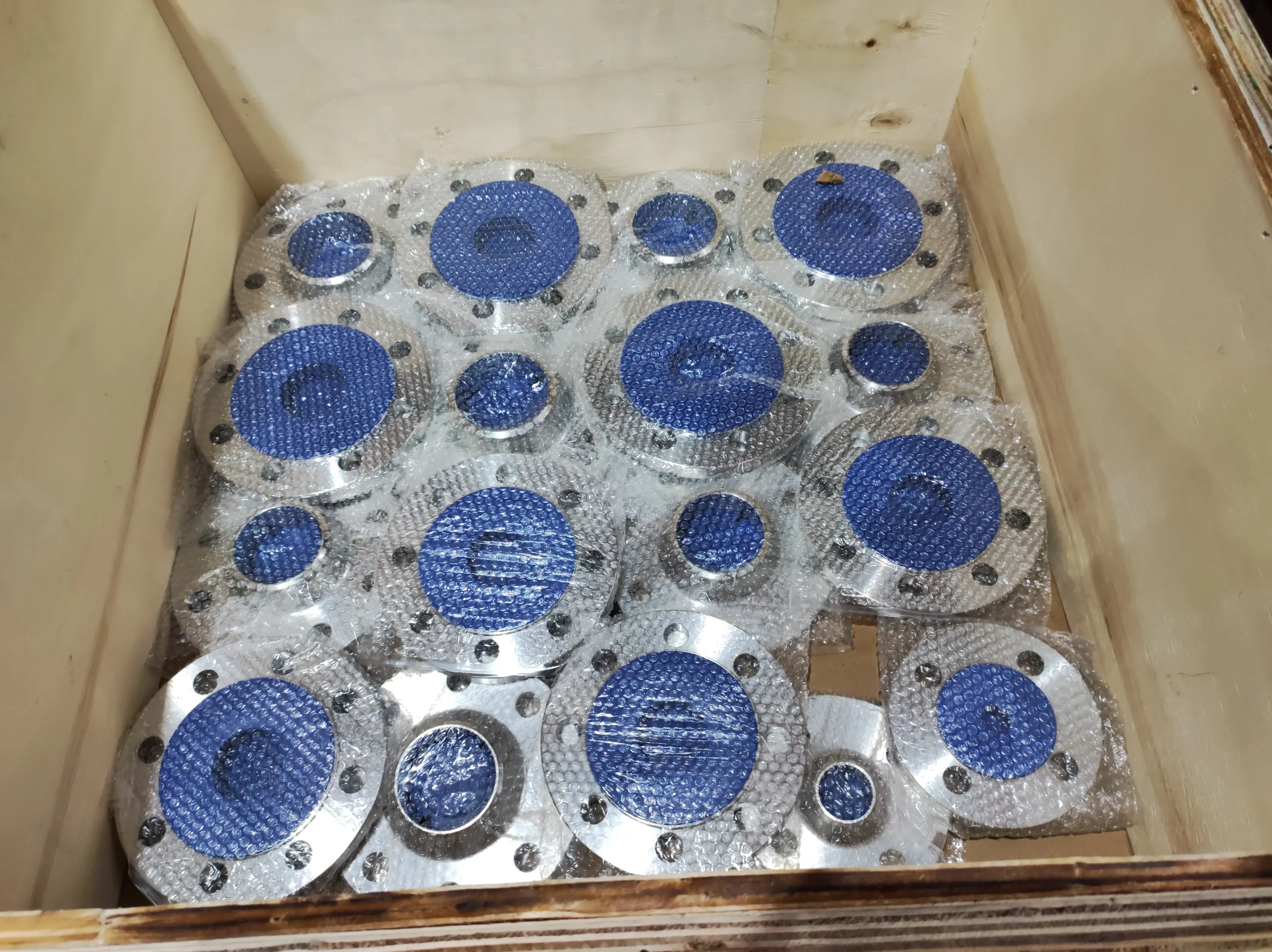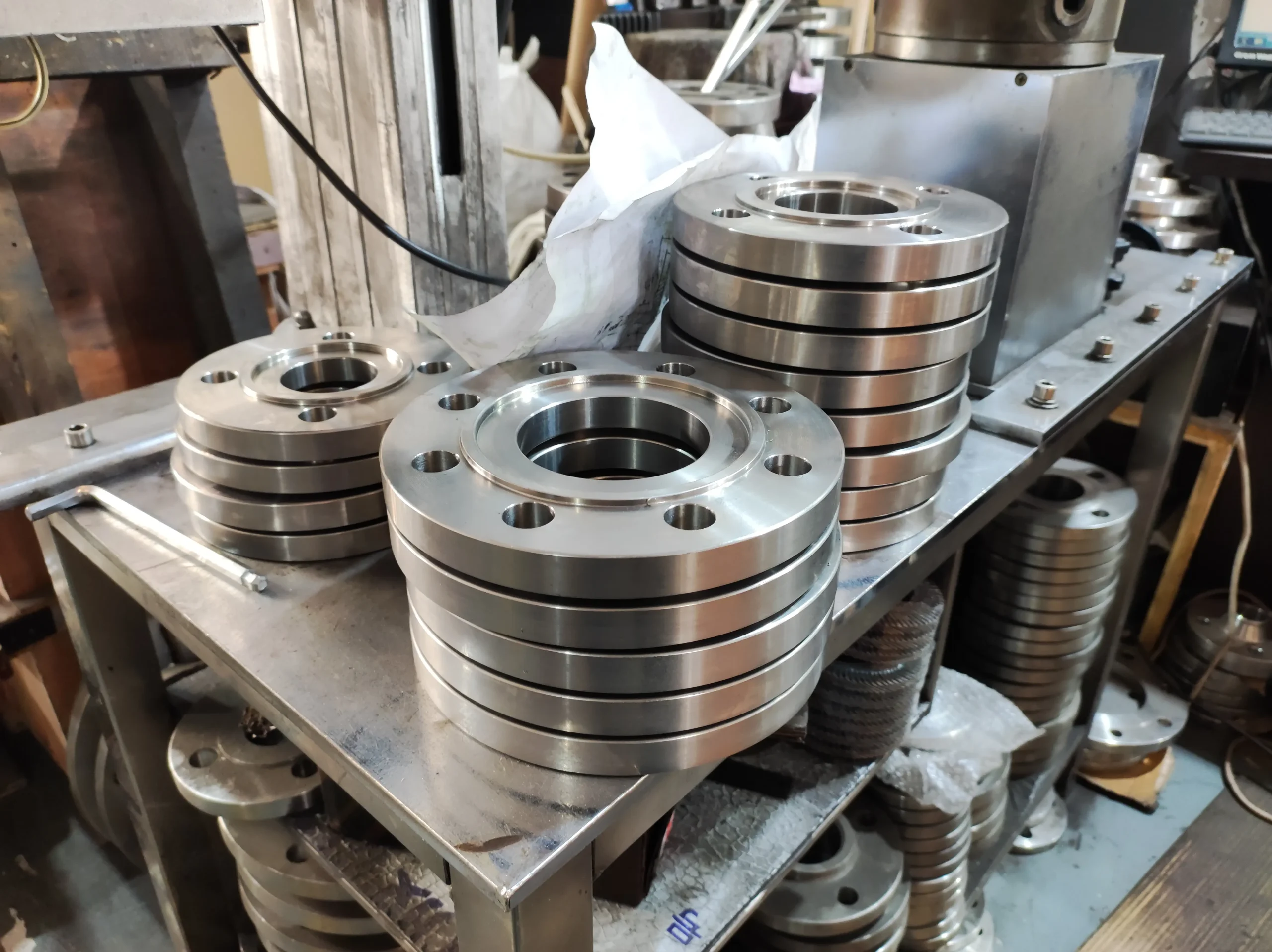What is creep deformation in stainless steel ? It is a critical issue in stainless steel pipe and fitting systems and is a silent and gradual process.If your system routinely operates at extreme temperatures, the constant stress can lead to serious failures.
What Is Creep Deformation? A Slow, Steady Threat!
Creep deformation is the tendency of a solid material to deform slowly. It occurs under sustained mechanical stress or below the yield strength of the material. Most often it occurs under high temperature conditions. This deformation increases with time and may eventually lead to rupture, a major problem in long term high temperature applications.
Key Factors Influencing Creep Deformation
Creep is temperature dependent. Above the homologation temperature of the material (about 0.3-0.5 Kelvin above its melting point), creep becomes very pronounced. The higher the temperature, the faster the creep rate.
The material must be subjected to a constant load which is below the yield strength. The higher the stress level, the faster the creep rate. This leads to faster failure of the piping system.
Creep is a time-dependent process and deformation increases with time. Longer service life requires higher creep resistance. This is critical for continuous operation.
Different alloys have different creep resistance. Microstructure, grain size and alloying elements have an influence. Materials containing molybdenum have better creep resistance.
Corrosive environments can exacerbate creep, oxidisation or carburisation can reduce load carrying capacity. This accelerates the creep process.
Stages of Creep Deformation
| Stage | Description | Deformation Rate |
|---|---|---|
| Primary Creep | Decreasing rate, transient | Slowing |
| Secondary Creep | Constant rate, steady state | Stable |
| Tertiary Creep | Accelerating rate, necking, fracture | Rapidly increasing |
What We Do
Creep Impact on Stainless Steel Piping
| Impact | Description | Risk to System |
|---|---|---|
| Dimensional Changes | Pipes stretch, fittings distort | Misalignment, loose connections |
| Reduced Load Capacity | Material weakens over time | Risk of rupture under pressure |
| Intergranular Cracking | Voids form at grain boundaries | Leaks, sudden brittle failure |
| Service Life Reduction | Premature failure of components | Increased replacement costs |
| Safety Hazards | Leaks of hot or hazardous fluids | Personnel injury, environmental damage |
Preventing Creep Deformation in Stainless Steel Systems
- Choose a creep-resistant alloy: Select a grade of stainless steel known for its creep strength. Molybdenum-containing alloys (e.g., 316, 316H, 310, and duplex steels) are preferred. High-nickel alloys such as Incoloy 800H are also excellent.
- Designed for stress reduction: Reduce applied stresses, use larger wall thicknesses, and increase support points. Design within safe operating limits.
- Control operating temperatures: Keep temperatures below critical creep thresholds or use effective cooling systems. This is critical to prolonging component life.
- Appropriate heat treatment: Ensure that the material has an optimum microstructure. Solution annealing improves properties and increases creep resistance.
- Regular monitoring: Implement a monitoring programme to track deformation and carry out non-destructive testing. This will detect early signs of creep.
Sourcing Reliable Stainless Steel Pipe & Fittings
Choose a manufacturer who has extensive experience with stainless steel and who understands its unique properties. This ensures optimal moulding results.
Ensure rigorous quality checks are in place, including dimensional checks, etc. Material integrity verification and material test reports are also critical.
Work with reputable manufacturers who offer reliable stainless steel products and have certifications(e.g. ISO 9001 and CE-PED).
Always confirm the exact alloy grade. Demand Material Test Reports (MTRs). This confirms chemical composition.
Ensure pipes and fittings meet required dimensions. This includes ASME B36.19 (pipes) or ASME B16.9 (fittings).
These alloys require specialized welding. Ensure proper filler metals are used. Verify qualified welding procedures.
Some applications may need post-weld treatment. This might include solution annealing. This restores properties.
You May Also Want To Read:
What Are H and L Stainless Steel – Duplex Pipe
What Is Carbide In Stainless Steel ? What Are Their Effects On Pipes And Fittings?
Degradation of Stainless Steel Materials
What is Age Hardening of Stainless Steel ?
The Meaning of Letters After Stainless Steel Grades
Stainless Steel VS Carbon Steel: Which is Better for Pipes and Fittings?
How to Soften Stainless Steel ? What Are The Benefits And Drawbacks?
What is Sensitization of Stainless Steel and How to Prevent it?
Contact Us
- RM901 No.22 Tangjiaqiao Road Wenzhou China
- +86 577 8551 1171
- [email protected]
- https://www.kaysuns.com/



